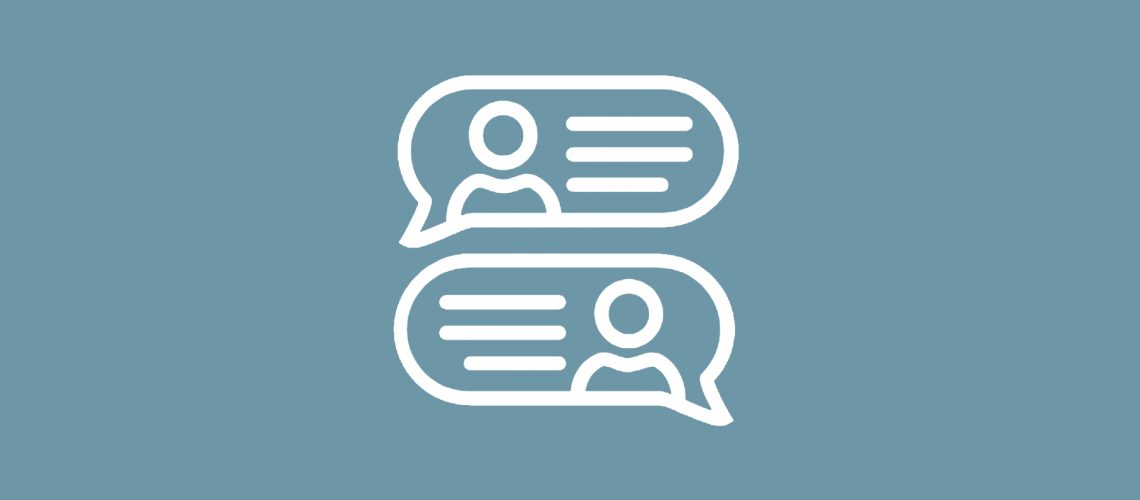Reading people, we need to listen to them. The art of communication very much relies on the fact that listening is much more important than talking. Active listening helps to focus on what is said and signals the other person an attentive attitude. Further elements like parrot-like phrasing and Clean Language guide a conversation naturally and effortlessly as that kind of language helps the other person to explore thoughts and ideas. Clean Language turned out to be a potent instrument in communication and rapport building.
A University of Nijmegen study found that the waitress increased her tips by 70%. They merely repeated the customer‘s order back to them, rather than saying “okay” or “coming right up.” This repeating like a parrot helps to build rapport and trust and indicates a real listening attitude to the other person. It works because they hear coming to their words from you they assume that you are thinking like them – that you are like them. Moreover, when people think you are like them, they instantly start to trust and build rapport. Our human systems are constructed to develop a rapport with people we feel are like us.
Clean Language patterns help to explore what the other person’s map of the world is.
The approach based on Clean Language, which was devised by the late David Grove, a renowned psychologist. David Grove designed his Clean Language questions for exploring the metaphors which underpin somebody’s thoughts, constructing a bridge between the everyday, rational, and conscious mind. However, the same questions can be valuable in a wide range of other contexts. By putting full attention on a customer’s inner world, i.e., his metaphors, and by asking him questions which encourage him to do the same, you open up space for the other person to do some of his best-ever thinking.
Imagine a person walking with a dog in a park. What kind of person is that person? What kind of dog is that dog? What is the relationship between the dog and the person? If you ask two different people these same questions, do you expect the same answers?




